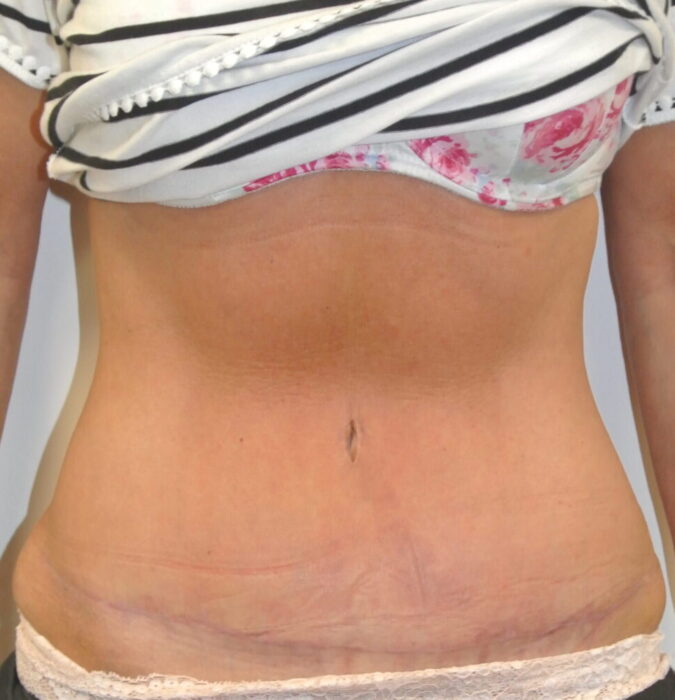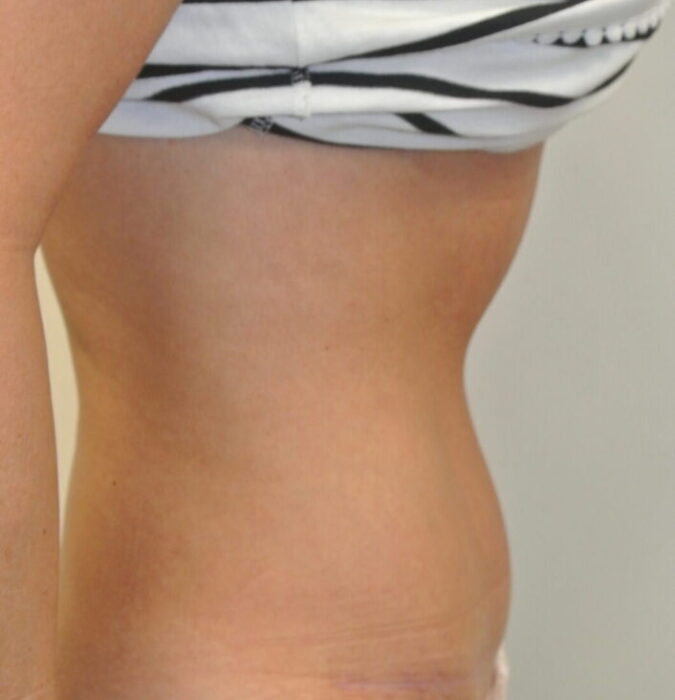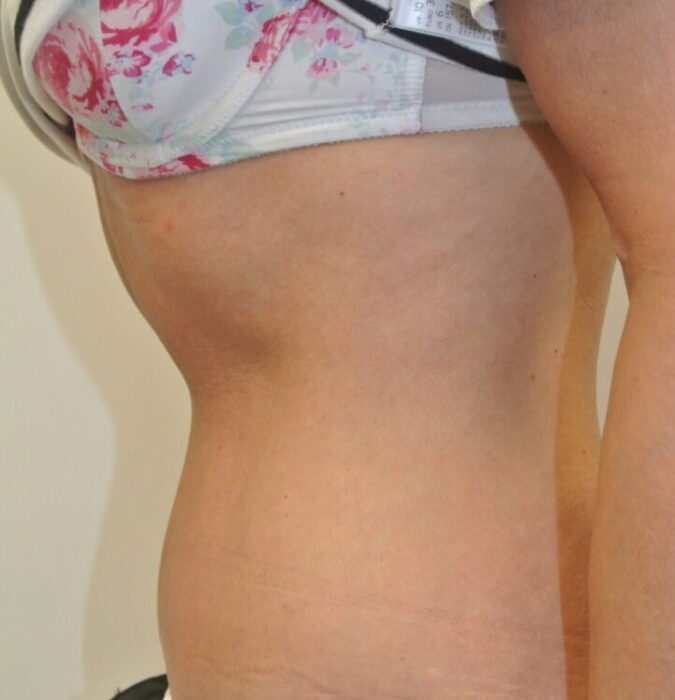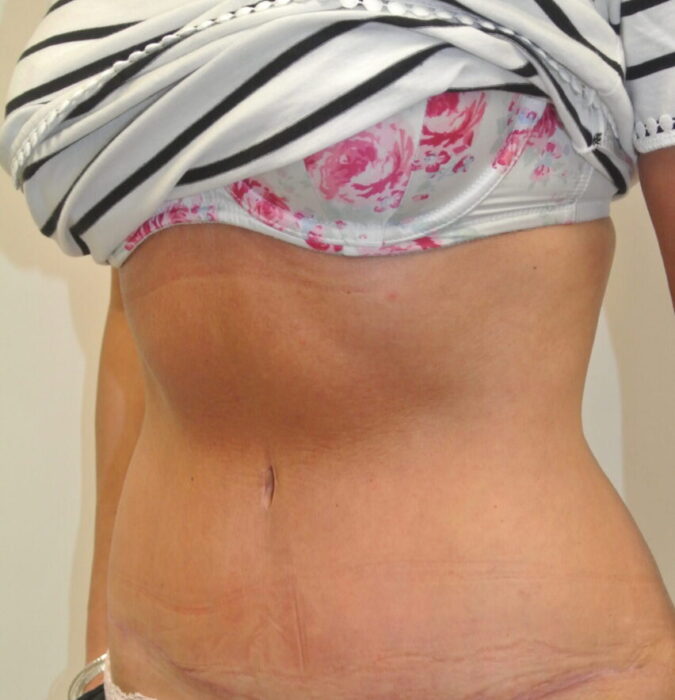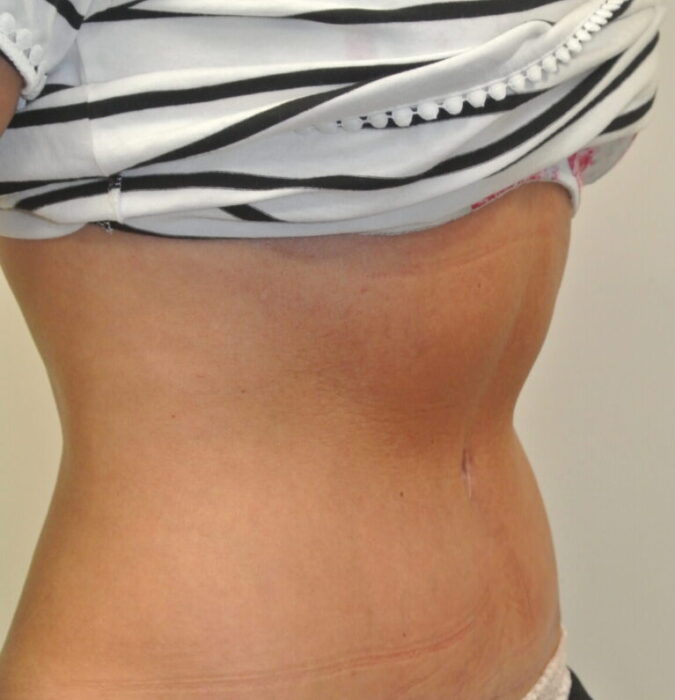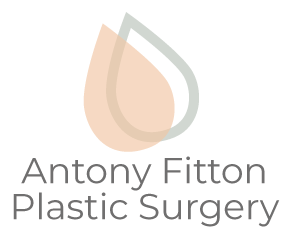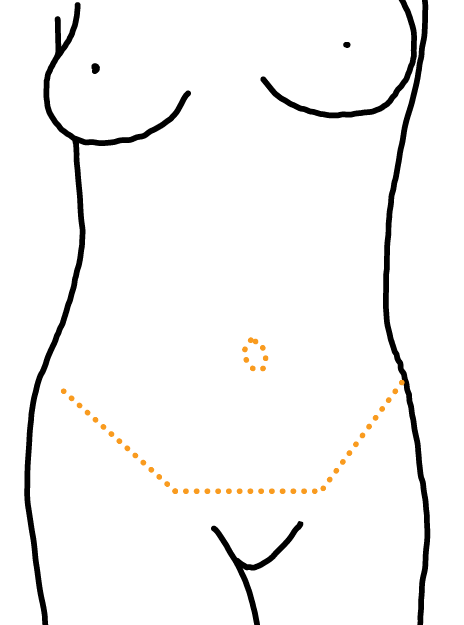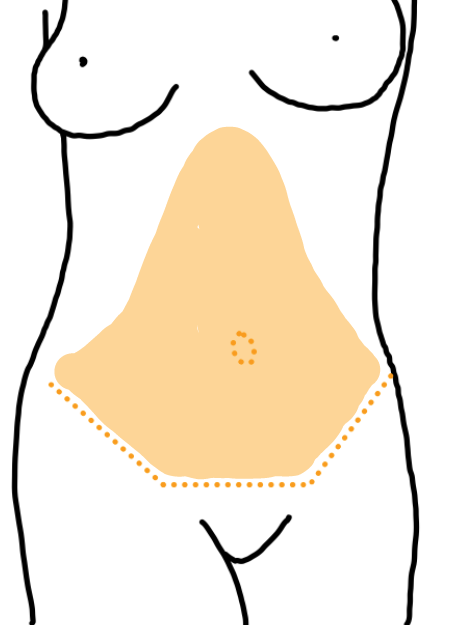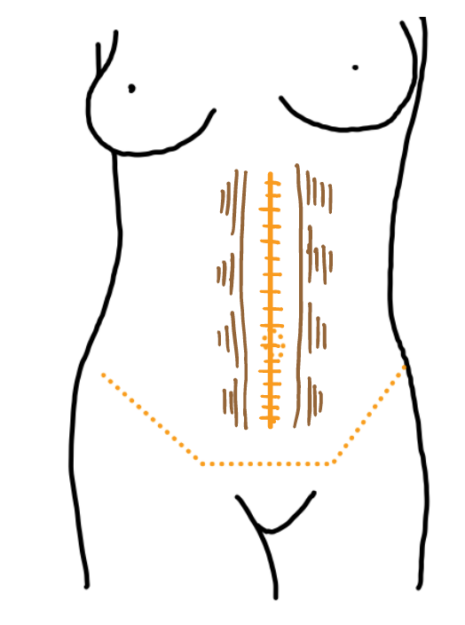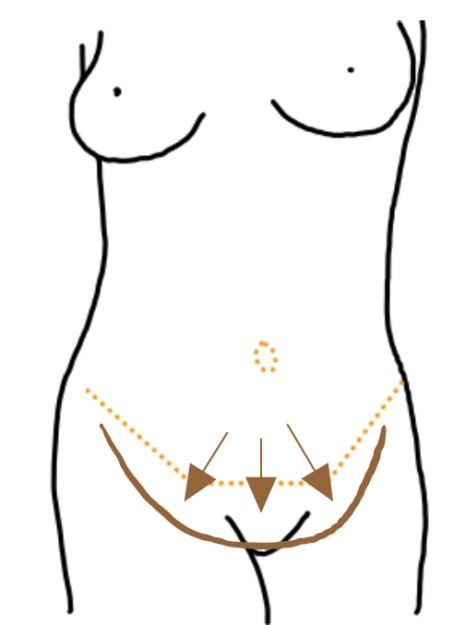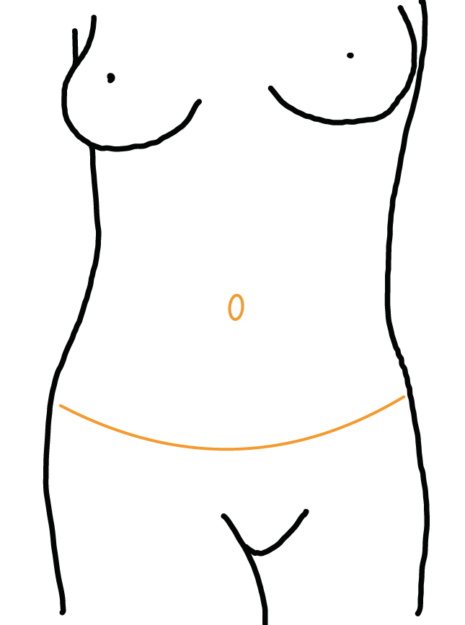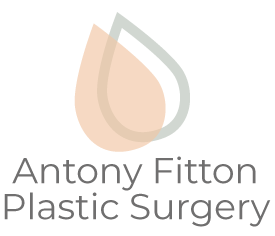email:
in**@an**********.uk
call: 07494 250277
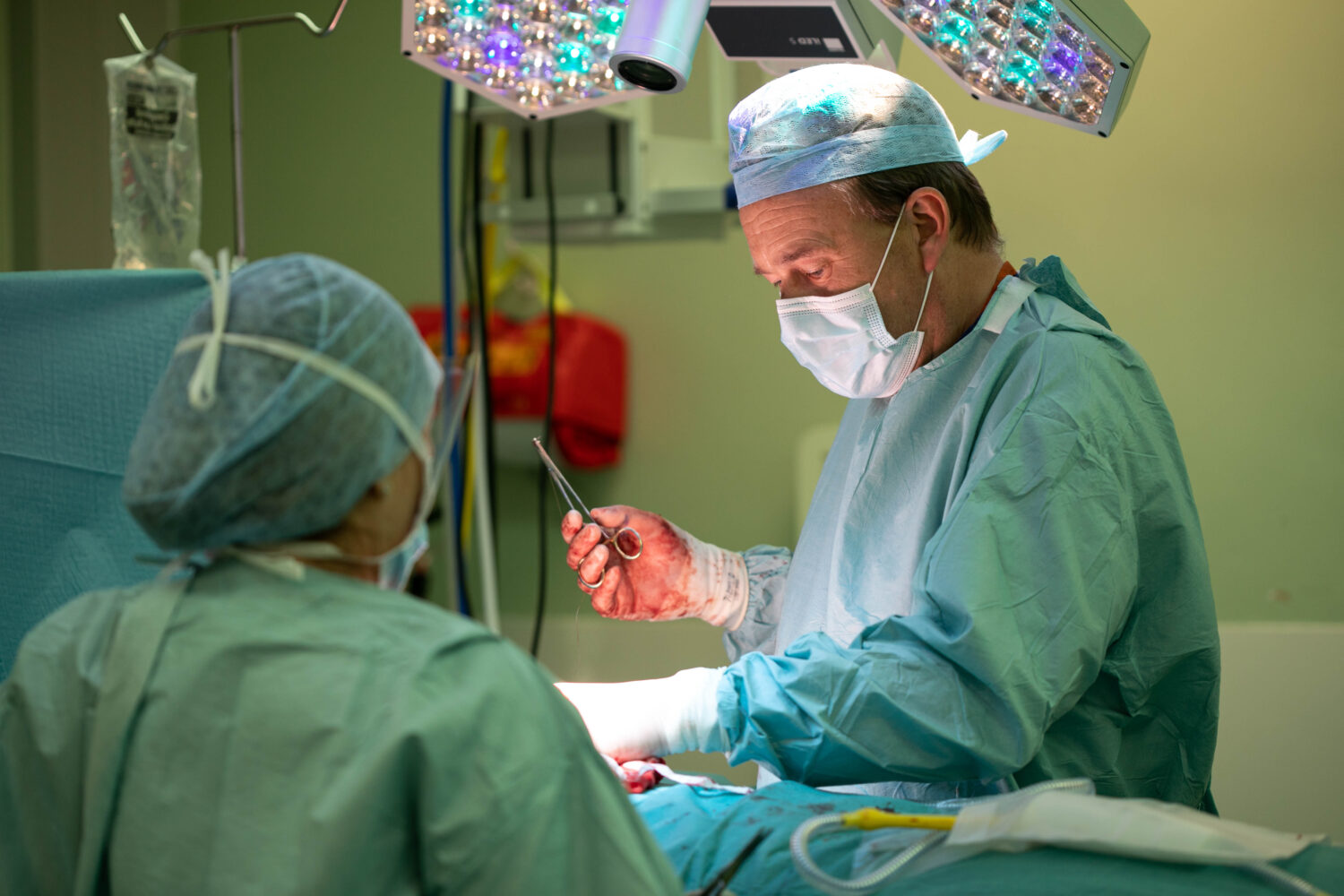

Abdominoplasty or Tummy Tuck
Abdominoplasty or Tummy Tuck
Abdominoplasty is a surgical procedure that removes excess of skin and fat from the tummy wall and is sometimes needed because the excess tissue fails to shrink after weight loss or pregnancy. In some the operation can also repair the muscle of the tummy wall that has pulled apart.
The best outcome of this operation is obtained in those patients who have achieve all their weight loss. It’s not a quick fix for losing weight as the procedure is usually only recommended for people with a healthy body mass index (BMI).
The risk of performing this operation in patients who are still overweight is much greater.
Because the surgery is designed to result in a flattering and more toned stomach, patients typically opt for this procedure after pregnancy or after they’ve lost a significant amount of weight in a short time period.
In the right circumstances the operation can improve quality of life and helps patient regain confidence.
A tummy tuck can also deliver medical benefits, especially when it becomes the required corrective surgical procedure for patients with certain conditions such as:
- A hernia
- To reduce stress urinary incontinence
- To decrease back pain
- To improve posture
- Strengthens your core
- Sagging skin after pregnancy or weight loss
There are a number of different types of tummy tuck operations:
Seroma is a collection of fluid that can sometimes form at the site of surgery. Normally this is dealt with by your own body but on occasion the seroma needs to be drained away using a needle and syringe and this can be performed in an outpatient clinic.
The material risks of the operation is loss of the blood supply to the belly button resulting in umbilical necrosis. This is a serious but rare complication and can detract from the aesthetic outcome of the surgery. You will have some sensory loss to the skin of the lower part of your tummy but over time this area should shrink down.
On occasion you can get puckering of the skin at the outer margins of the scar, known as a dog ear, and can normally be addressed through a local anesthetic excision at a later stage. Clearly, the operation should afford you a symmetrical result but minor degrees of asymmetry may be observed whereby the scar is not absolutely transversely placed on the abdomen.
Recovery from abdominoplasty:
- Sutures are dissolving
- Review of wound 10 – 14 days post operatively
- Support garment to be worn for 4 – 6 weeks post operatively
- Return to work 3 – 6 weeks post operatively
- Return to driving 2 – 3 weeks post operatively
- Return to exercise – 6 weeks post operatively
- Start to get an appreciation of end result 12 – 24 weeks post operatively
- Scars will continue to improve 12 – 18 months post operatively
For information regarding abdominoplasty visit:
